Is It Truly ‘Aus’ with Auslese?
With production levels dwindling, many German wine circles are asking the uncomfortable question “Is Auslese finished?” David Schildknecht answers.
November 2022
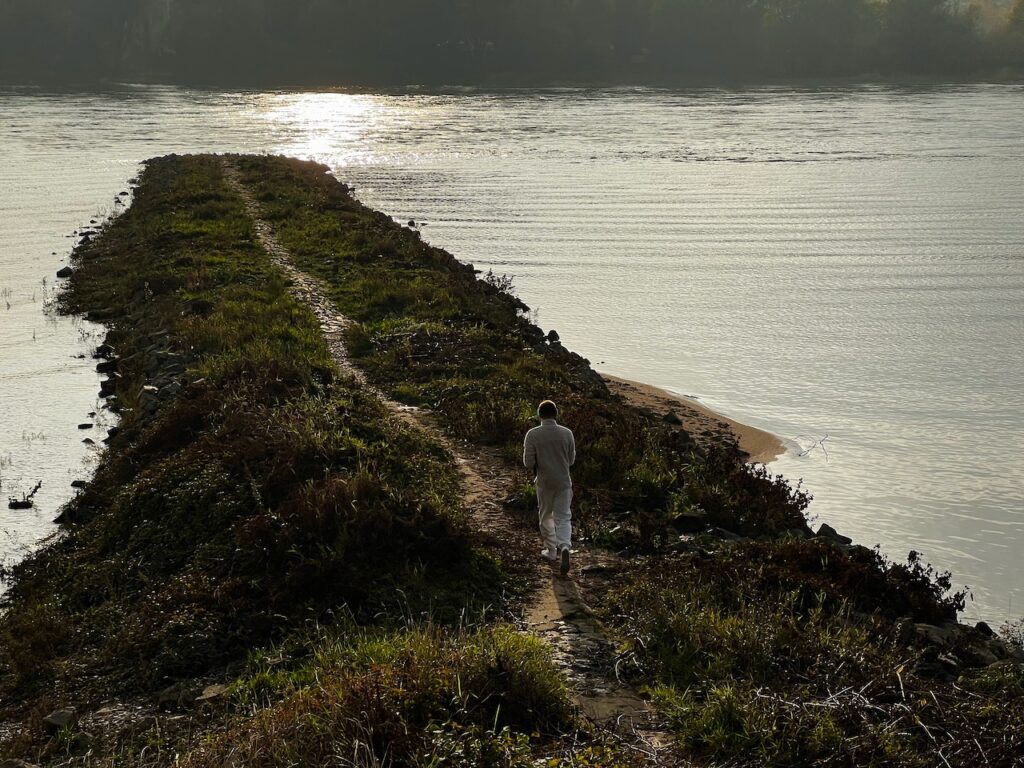
Dear Readers,
The sharpest among you may have noticed something missing. What happened to TRINK Vol. 13?
Just as airlines tend to skip the thirteenth seat row and Manhattan high-rises omit the floors between 12 and 14, we decided against tempting fate. It’s more than mere triskaidekaphobia.
Have you seen what’s happening in wine media lately? The shakeup — restructurings, dismissals, and closures — is seismic. It’s left us feeling both shaky and proud. On the one hand, if these tremors can topple powerfully funded publications, what are our odds? On the other, by keeping our noses to the grindstone, our budgets trim, and our mission unwavering, we have, with your invaluable help, dodged the doom. Most importantly, we have stayed true to our vision: changing the narrative around German-speaking wines by taking the road less traveled.
Vol. 14 is a case in point. We illuminate unexpected corners, identify emerging producers, styles, regions, and trends, add context, and deepen your connection with what’s happening right now — on the ground in the umlaut zone and beyond. If that’s something that speaks to you, consider supporting us through Patreon to keep us out
of the dreaded 13 zone.
Happy reading!
Paula Redes Sidore, Bad Honnef
Valerie Kathawala, New York City
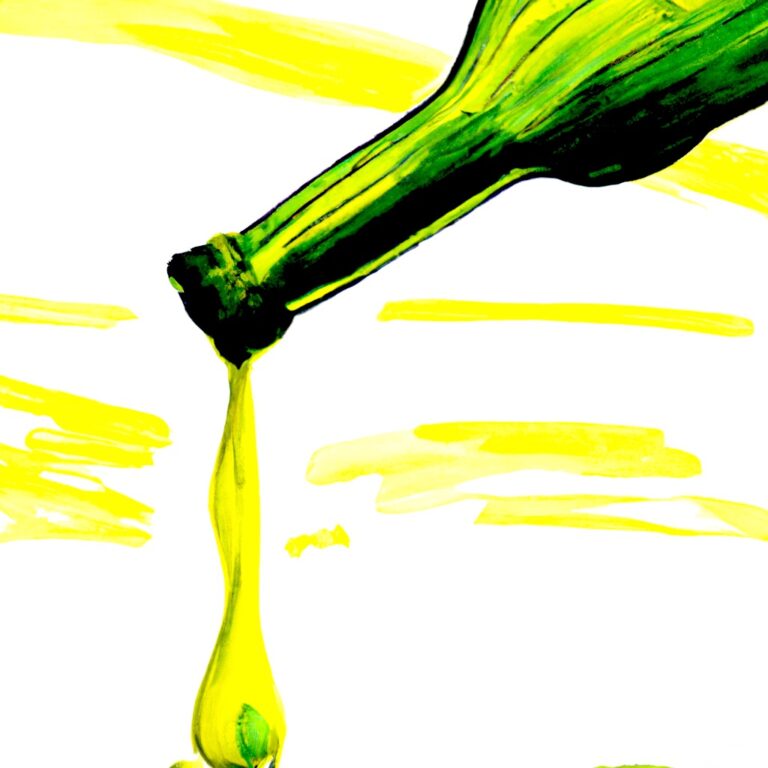
With production levels dwindling, many German wine circles are asking the uncomfortable question “Is Auslese finished?” David Schildknecht answers.

March 25, 2024 Update: Schmetterling has closed. It’s owners hope to reopen in the future. Are there parallels between German and Austrian wines, small-scale farming, and the queer community? If so, the most essential may be a shared need for safe space. Schmetterling, a queer-forward natural wine and vinyl shop that opened this summer in rural Vermont, aims to offer just that. By prioritizing the needs of communities at — admittedly starkly unequal — risk, owners Danielle Pattavina and Erika Dunyak have created an unlikely outpost for low-intervention German, Austrian, and other Alpine wines. The shop is both an incubator…...
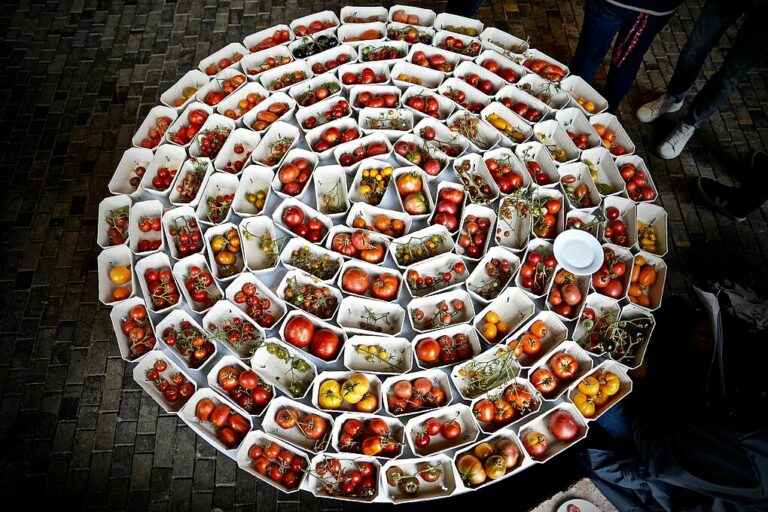
Calling from the expansive, flat landscape that forms the western edge of the Pannonian Puszta steppe flatlands, Erich Stekovics is a lone voice in the tomato world. Where others seek high yield and hardy reliability, Stekovics makes the case for flavor and site. He and his wife Priska belong to the tiny share of Austrian farmers cultivating tomatoes without the cover of glass or foil, and without irrigation. At the eponymous estate in Frauenkirchen, the pair cultivate and safeguard several thousand varieties in the open, and in addition to chili peppers, onions, and garlic, their fields are surrounded by vines…....
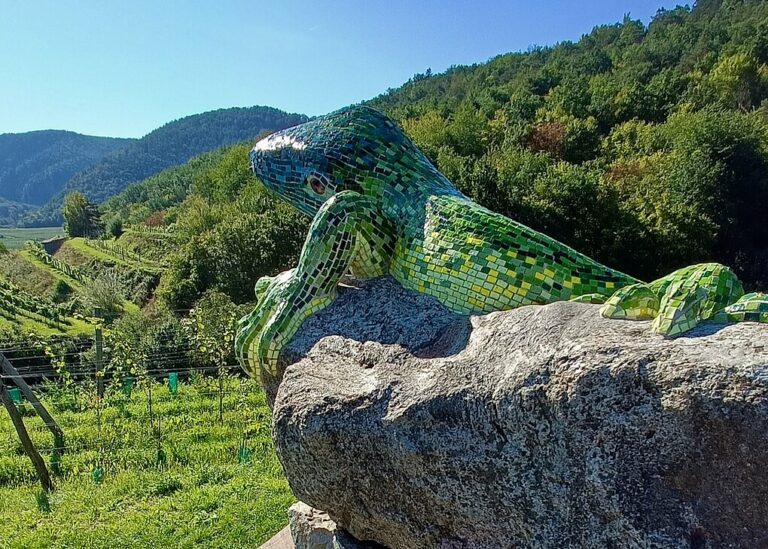
In an age defined by climate emergency, can winegrowers in Austria's warming Wachau react and adapt fast enough to maintain the region's historic pole position?
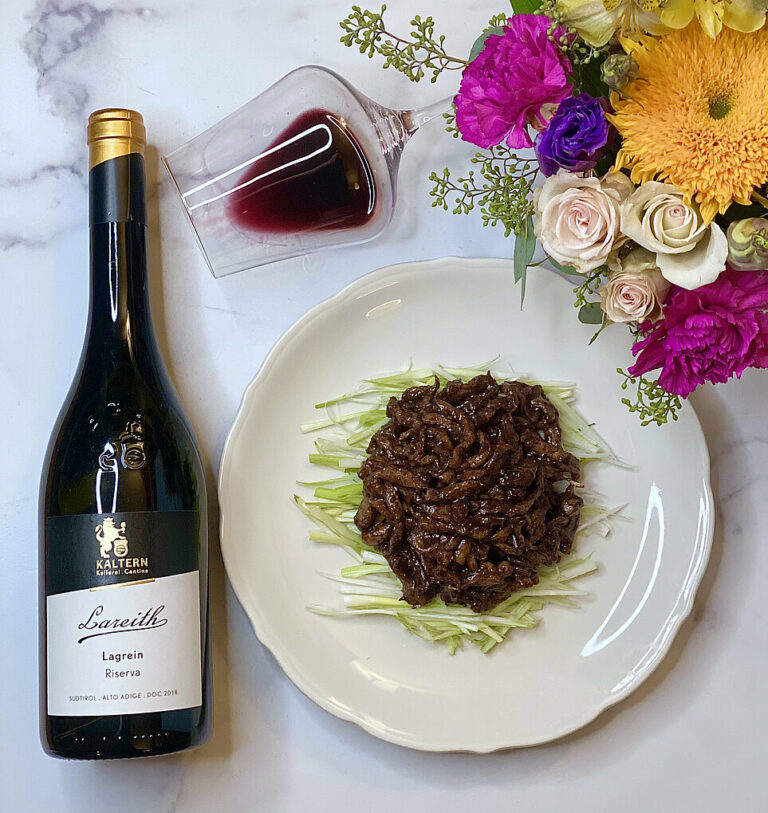
TRINK Magazine | It was a wine, not a memory, that motivated Joyce Lin to make Jing Jian Rou Si: the Kellerei Kaltern 2018 Lagrein Riserva ‘Largeith.’ Recipe and pairing included.
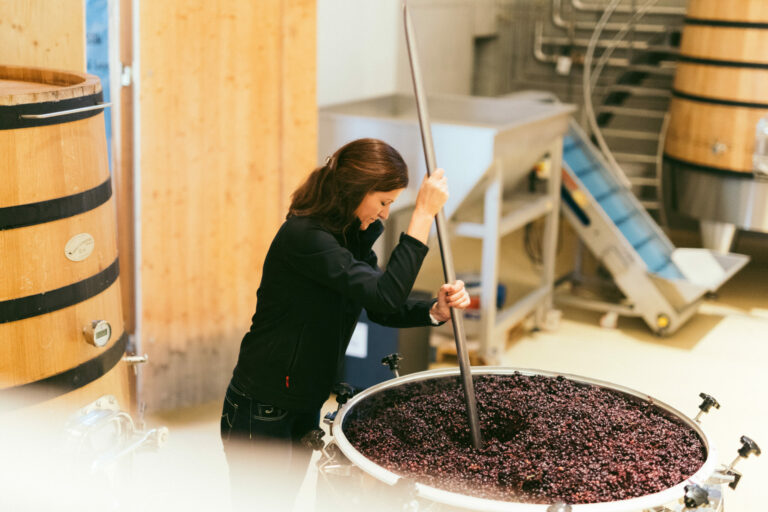
Weingut Blankenhorn It wasn’t love at first sight for Martin and Yvonne Männer of Weingut Blankenhorn in Schliengen. On a trip to Switzerland in spring 2015, they were initially disappointed by the Gutedel (a.k.a. Chasselas) they found there. Or, to be more precise: by how the vintners they encountered vinified it. But when they ordered a bottle of 18-year-old Chasselas Médinette Dézalay Grand Cru from Domaine Louis Bovard on their last night in Geneva, at the Michelin-starred Le Chat-Botté, they realized they had found the key to making a multifaceted, indeed divine Gutedel. Ever since, Langlebigkeit, or longevity, has been part of Weingut Blankenhorn’s DNA. Their wines tell a…...
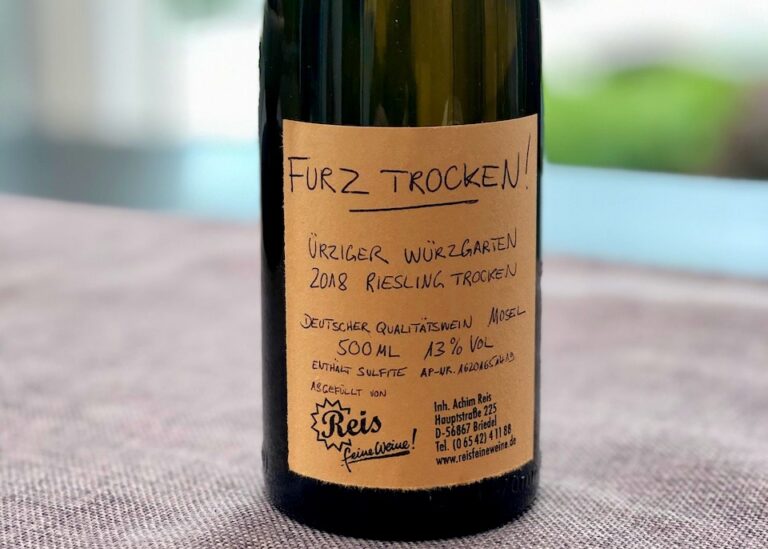
The dark wit of Berlin. Dangerously low water levels in the Rhine River. Black bread. Germany does trocken like few others. And then there’s the wine. Despite its reputation as the land of Blue Nun, more than 60 percent of the wines made in Germany are dry. And within that 60 percent, there are discernible levels of dry, drier, and driest. So dry, in fact, that there’s a strangely specific word for it. (Of course there’s a word. It’s Germany. There’s always a word.) Furztrocken. Fart Dry. Literally. As difficult to grasp as I find a term like feinherb, it’s Kinderspiel when compared to furztrocken. Then again, mindset…...
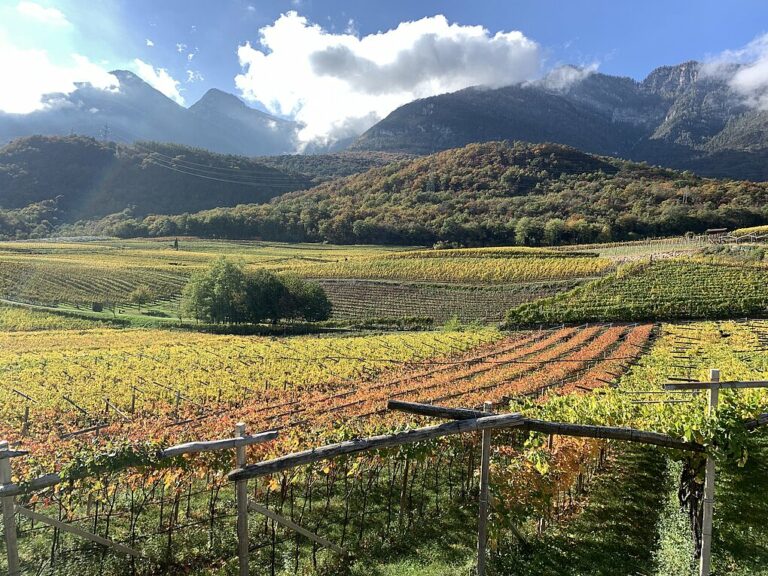
Wine and hiking expert Ellen Wallace guides readers to the green heart of Alto Adige with stops at biodynamic winery Manincor and leading cooperative Kellerei Kaltern.
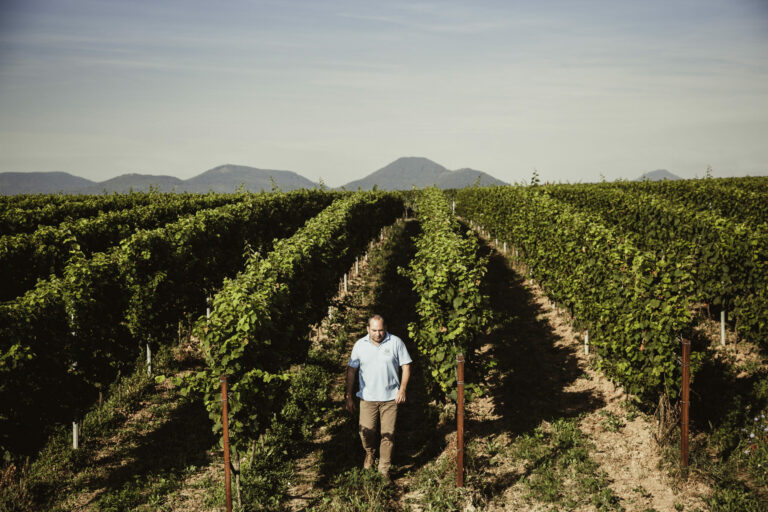
Zeter assesses the natural bounty of his home, the Pfalz, with the eye of a chef. The soils are his mise en place — the basis of his work — the grape varieties are the ingredients he brings to the table and the bottle. His favorite ingredient — Sauvignon Blanc — has become his trademark. This love came early: in South Africa, 1992, at the Buitenverwachting winery in Cape Town. Now, he is celebrating 15 years as a Sauvignon Blanc iconoclast himself. A recent vertical tasting spanning his first vintage in 2007 to the current release, 2021, made clear the value of following palate…...
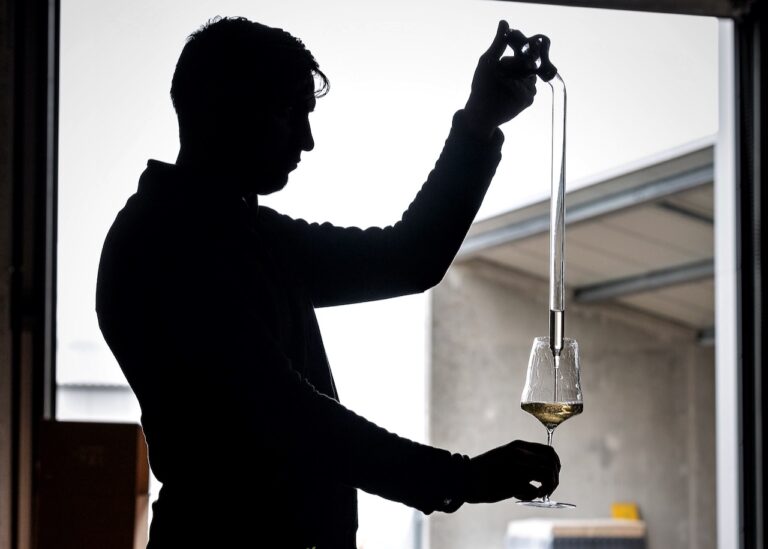
German Chardonnay may be the most thrilling wine for our moment.
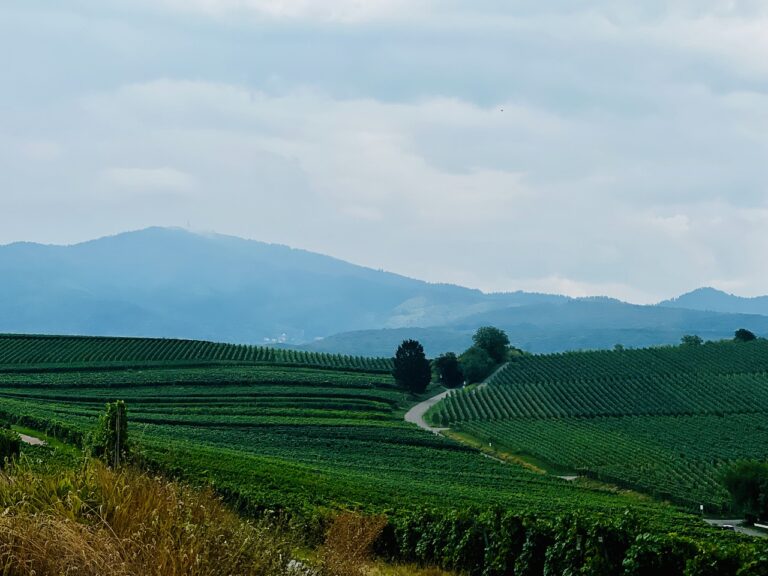
Baden is Germany's third largest winegrowing region. From Cooperatives to Landwein, learn what makes this region and its wines so important.

Under the onslaught of record-breaking drought, the Neusiedlersee is posing new conundrums for Austrian winegrowers. And this isn't the first time.
Enjoy unlimited access to TRINK! | Subscribe Today